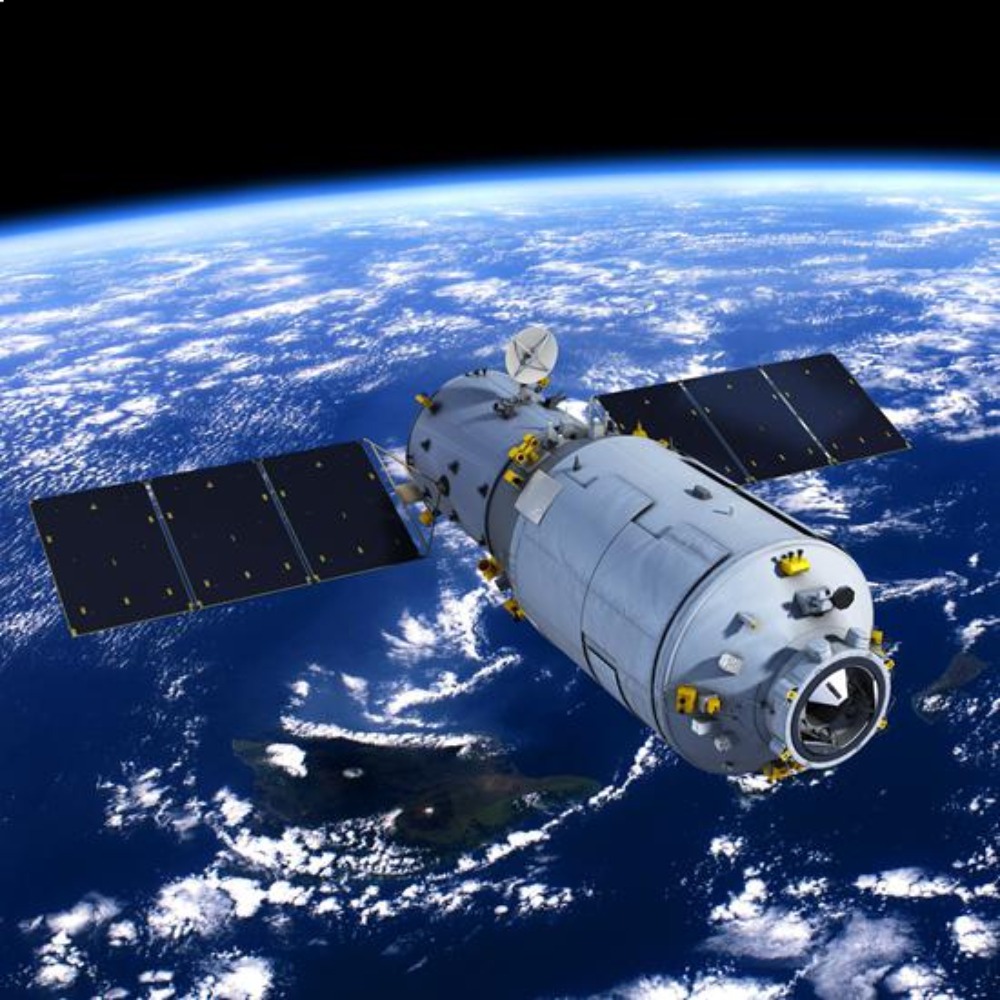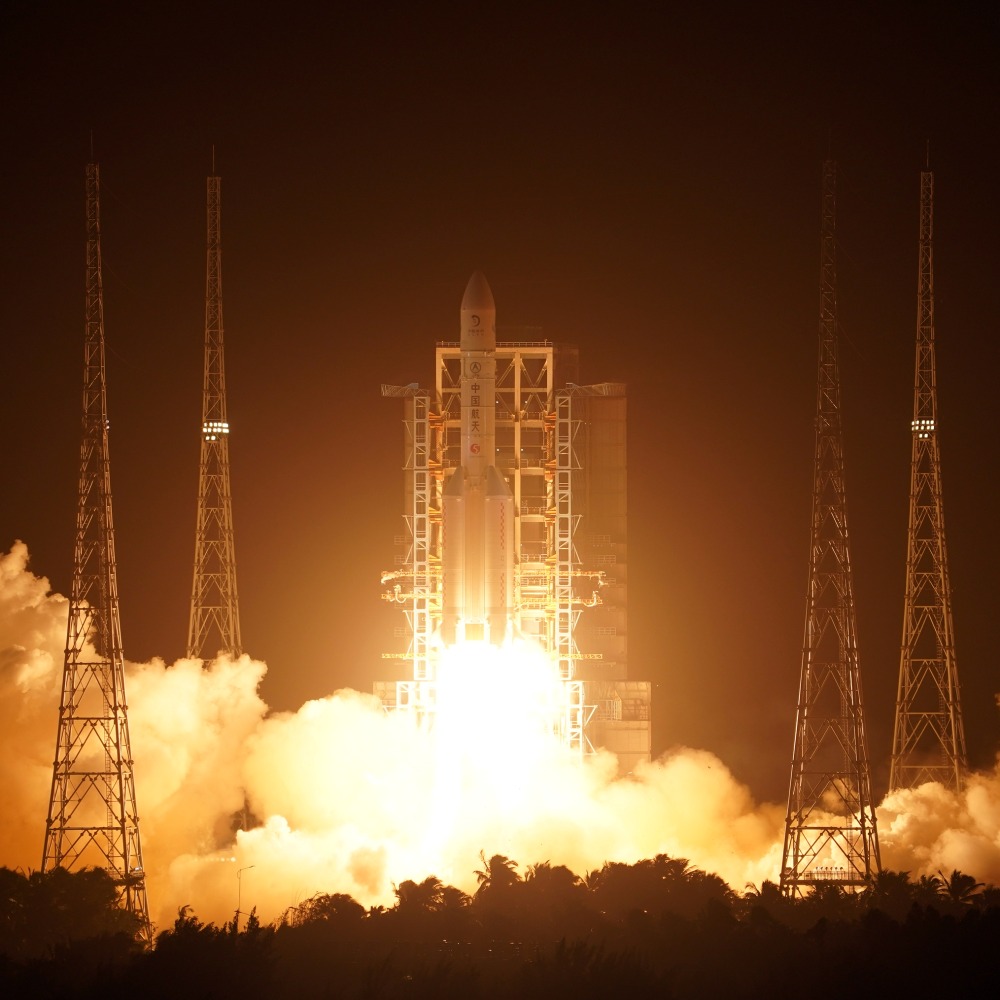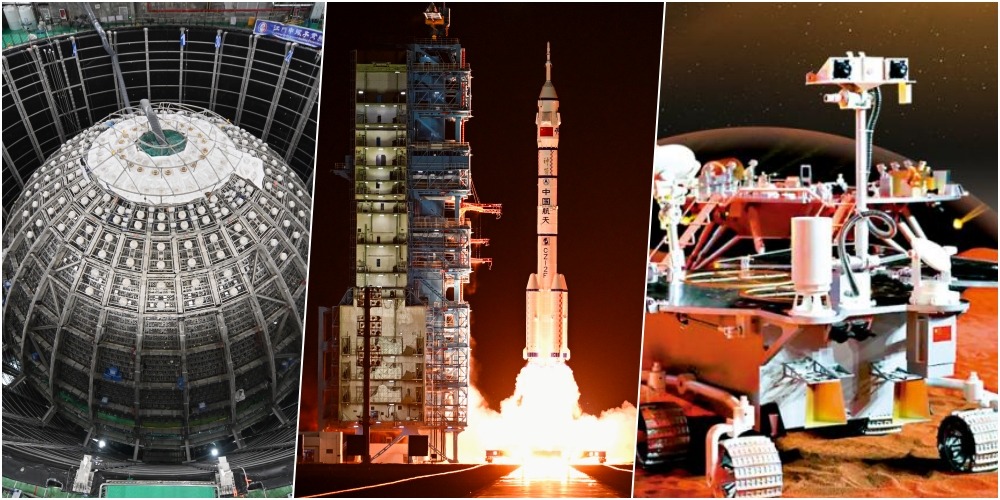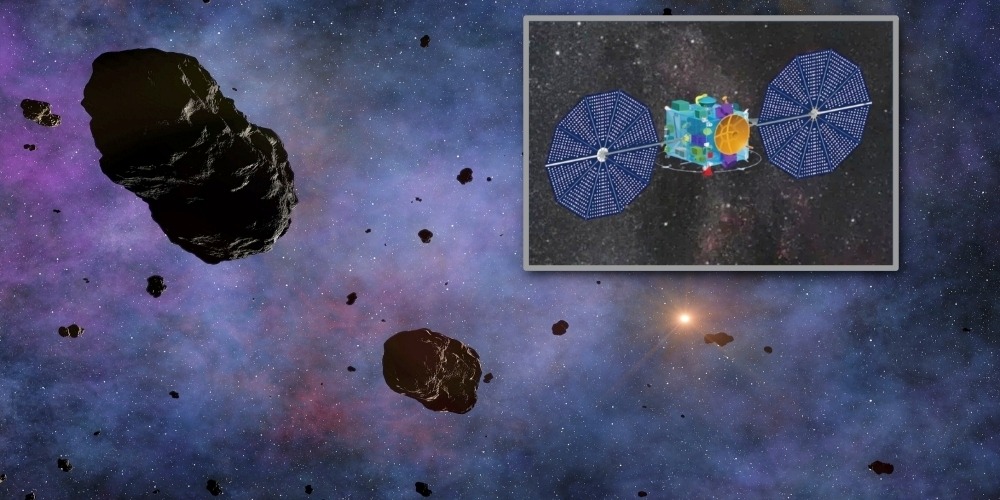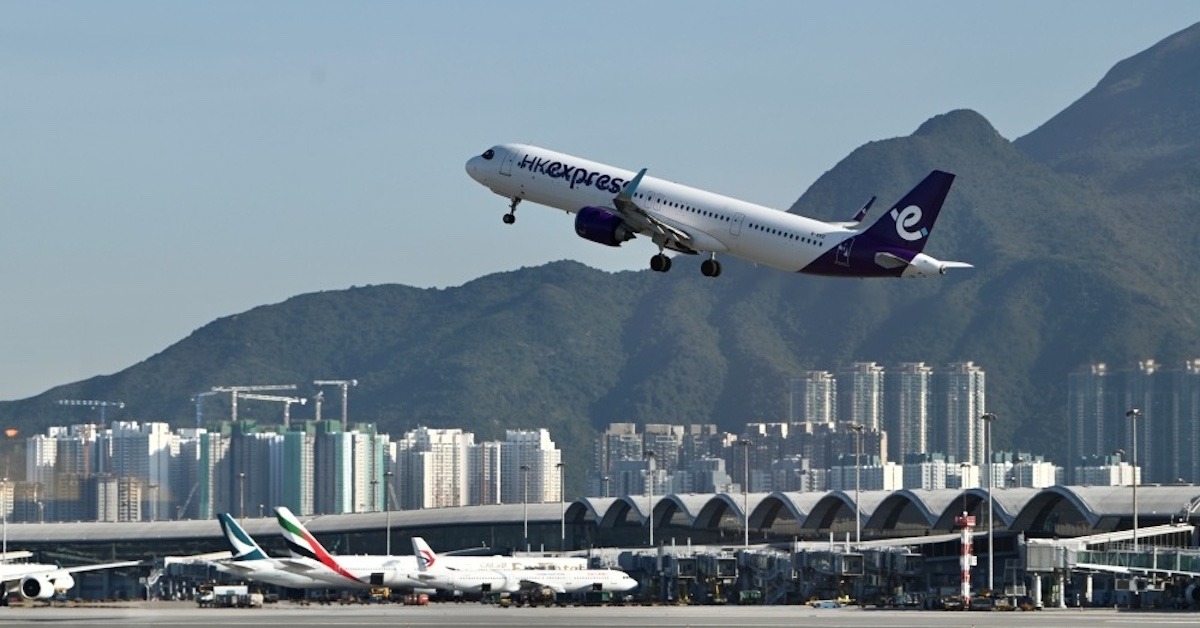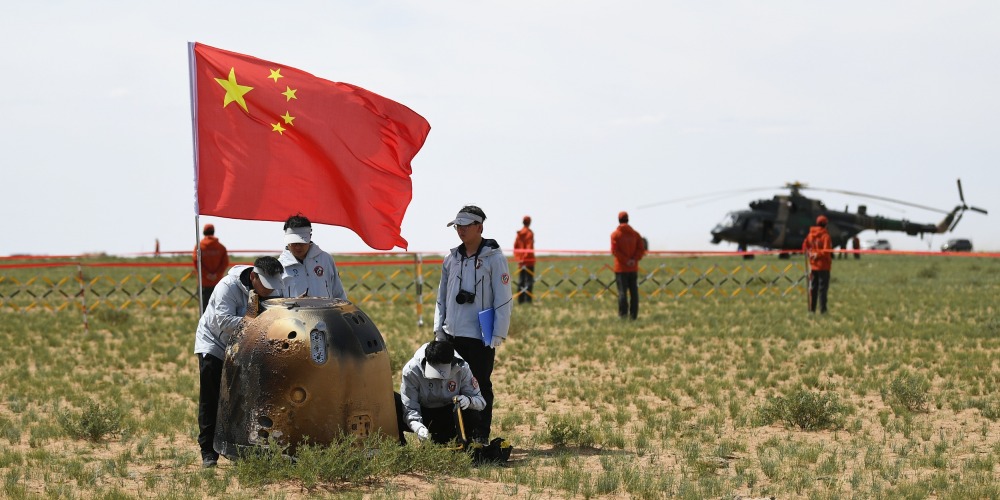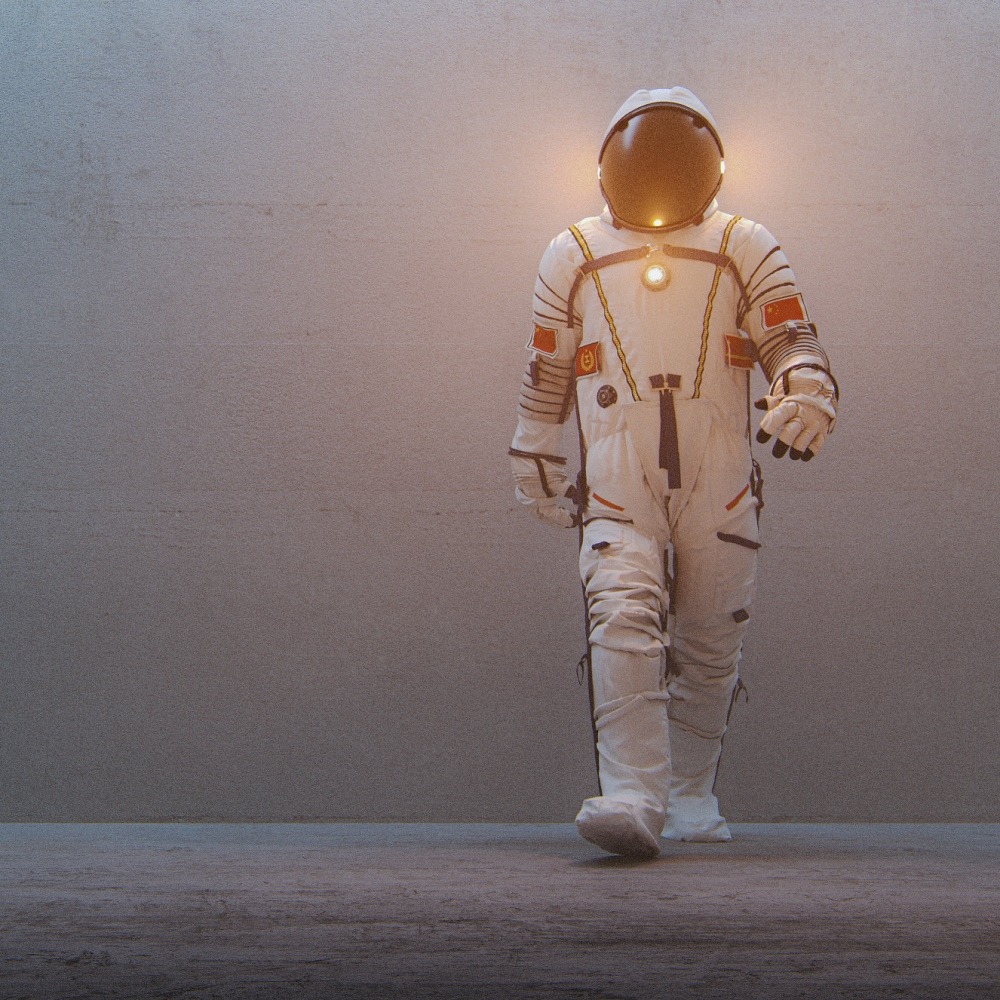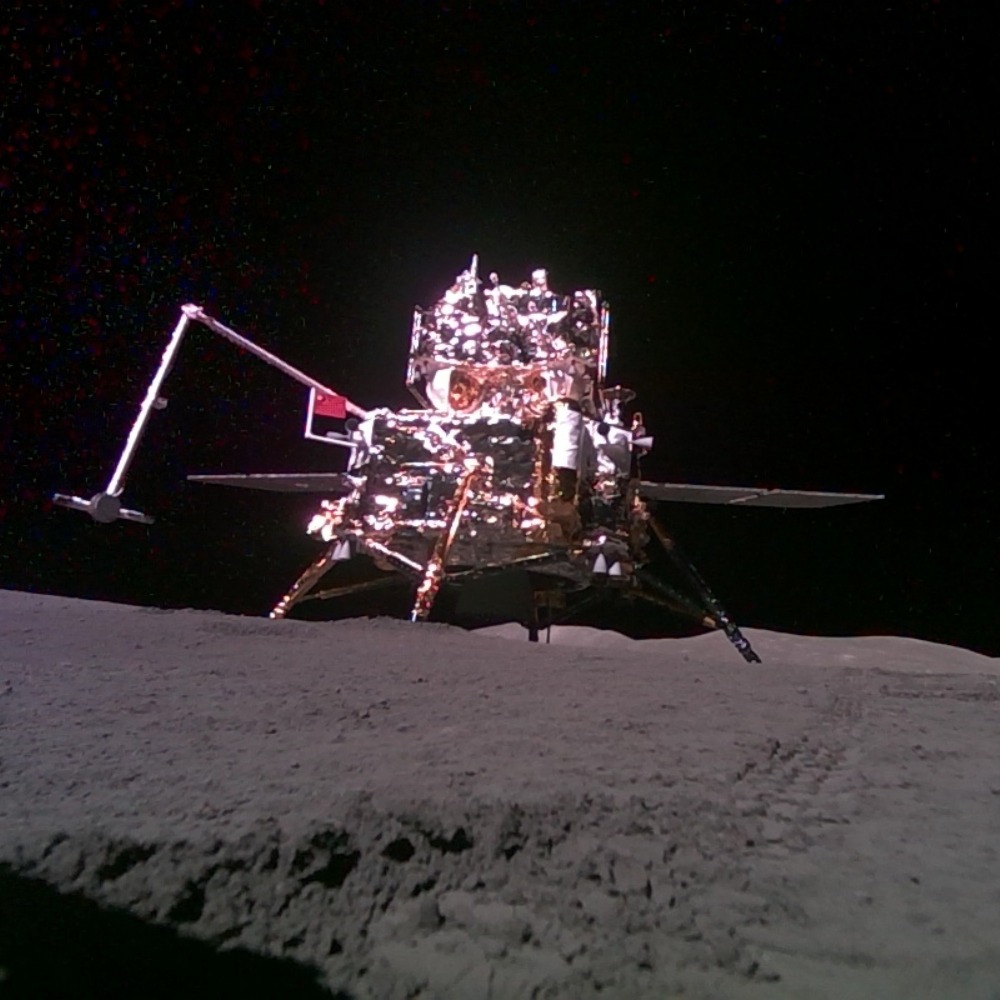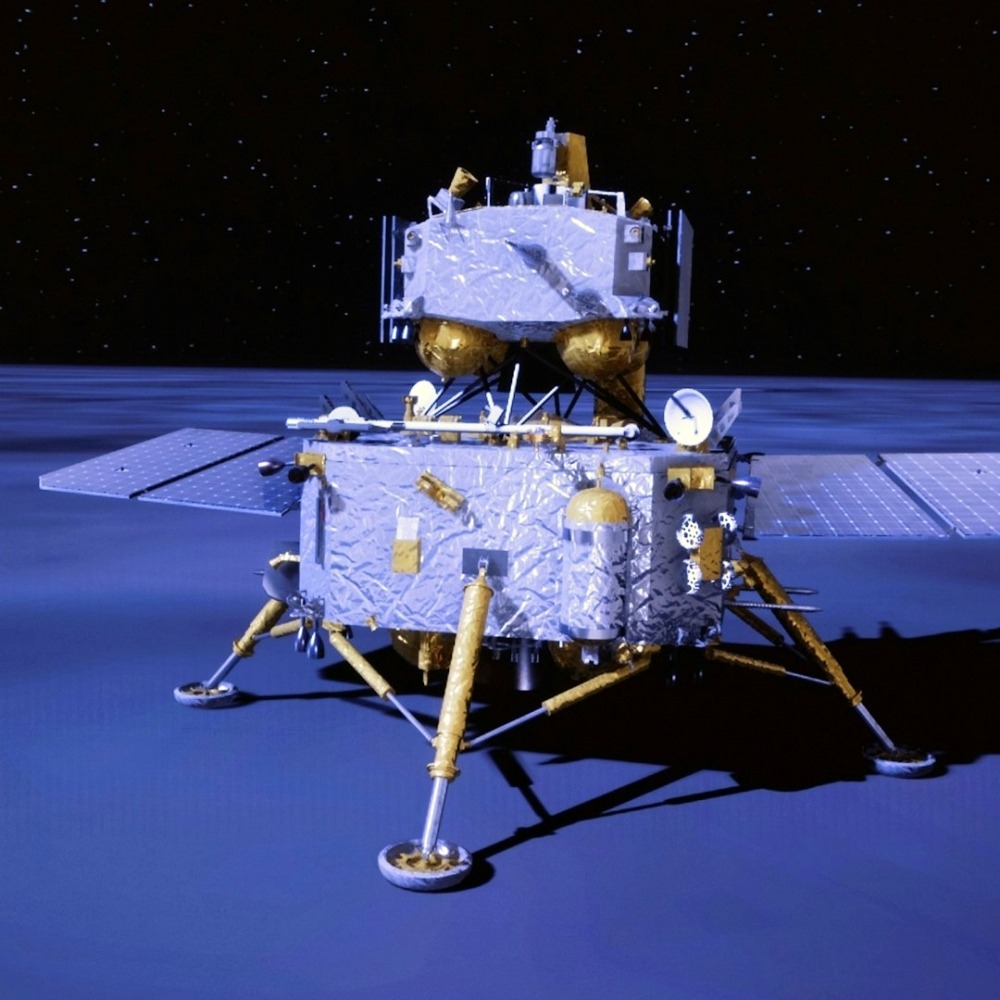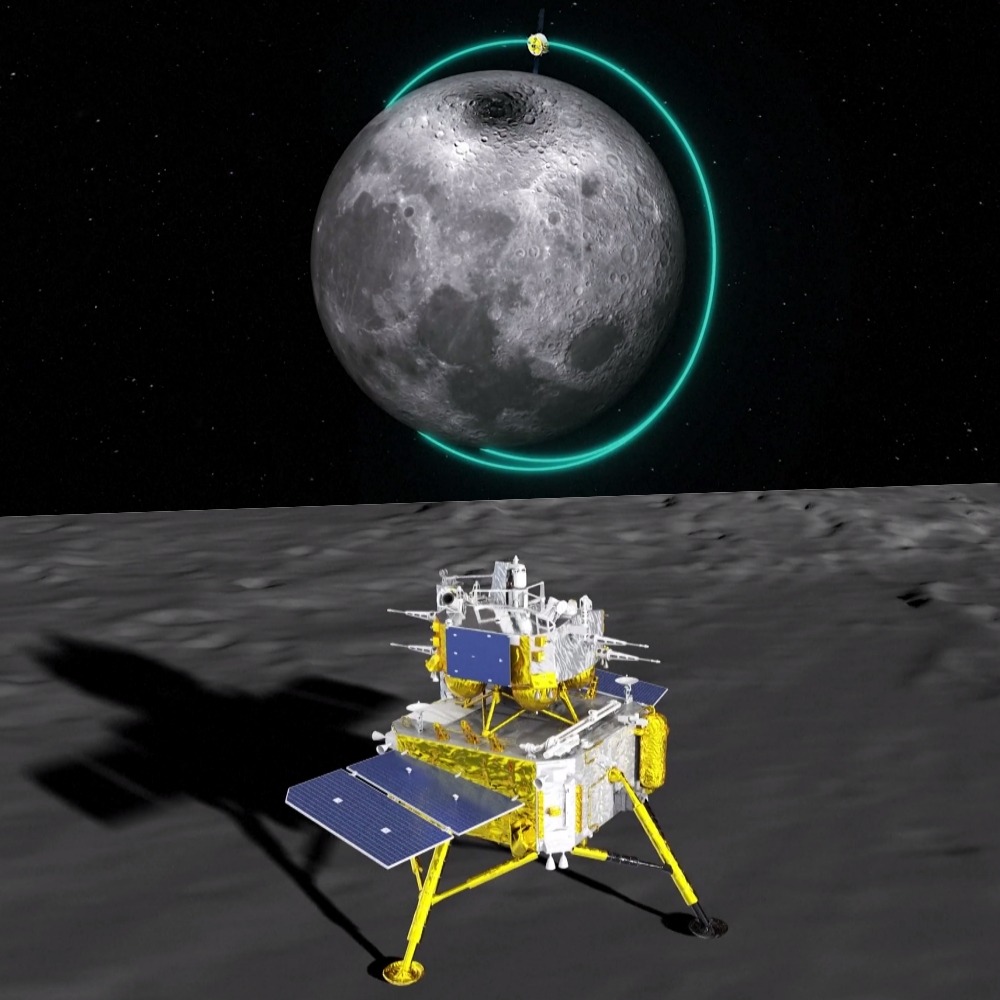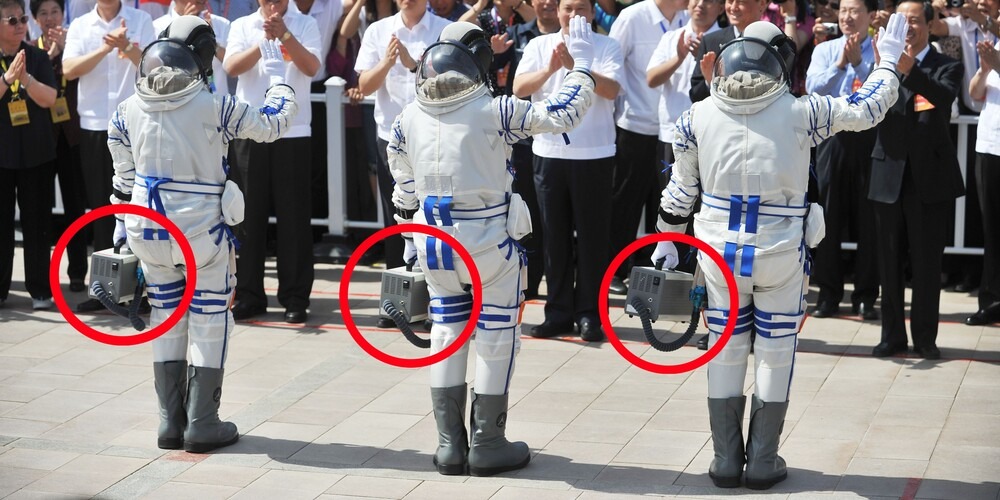Published : 2025-04-22
Due to a malfunction of the Starliner spacecraft, two U.S. astronauts were stranded for more than 9 months before returning to Earth.
At this point, some may ask, could a similar situation happen to China?
Originally planned for just an 8-day trip
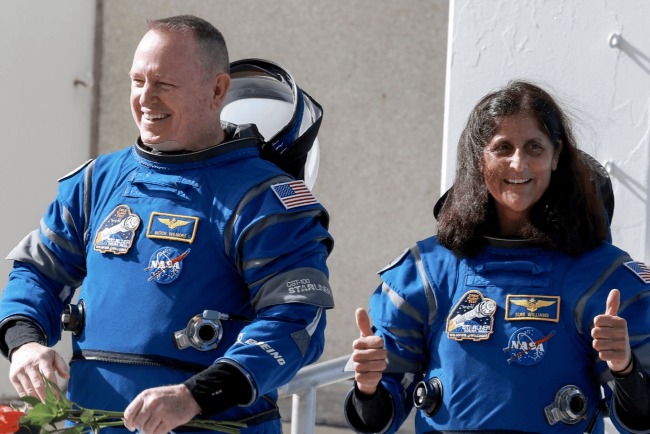
Let's first review this rare incident of astronaut stranding.
U.S. astronauts Butch Wilmore and Suni Williams boarded Boeing's Starliner on June 5, 2024, to the International Space Station, originally planning for an eight-day trip.
Unexpectedly, the Starliner, on its first crewed mission, encountered issues such as thruster malfunctions and helium leaks during its journey, leading to repeated delays in its return schedule.
Later, NASA decided—out of safety concerns—to have the Starliner return to Earth directly uncrewed.
Without a means of transportation, Wilmore and Williams had no choice but to continue staying at the International Space Station, with their return date being postponed repeatedly.
Finally, after more than nine months, on March 18, 2025, they returned to Earth with two other astronauts aboard SpaceX's Dragon capsule.
In fact, the Starliner had been plagued with problems large and small; its first crewed flight had been delayed for similar reasons. Some commentators even described it as "working with an illness."
Read more: China's four major equipment for manned Moon landing revealed
Cyclic backup on emergency standby
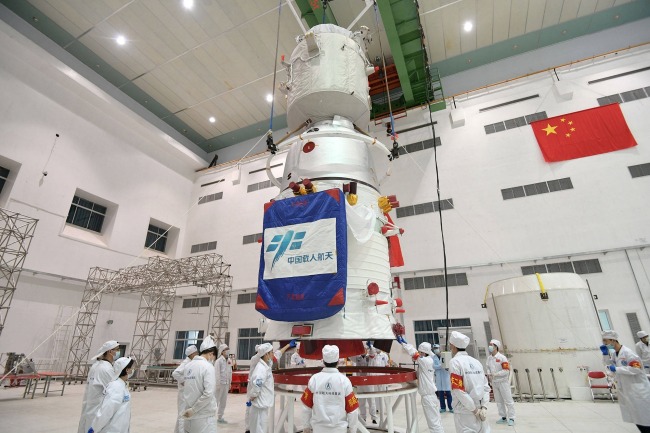
In comparison, China's manned spacecraft, whether the current "Shenzhou" (神舟) or the future "Mengzhou" (夢舟), will only begin manned missions after rigorous testing which ensures they are almost fool-proof. It is believed that the chances of a similar situation occurring to China are extremely low.
However, there's always the possibility of an "if" scenario.
If Chinese spacecraft were to encounter a similar situation, how long would it take for Chinese astronauts to return to Earth? Let's talk about the "cyclic backup" in China's manned space missions.
Starting from the Shenzhou-12 mission in 2021, China's space programme began the launch mode of "cyclic backup".
To put it simply, when the Shenzhou spacecraft and rocket executing the mission are ready to launch, the spacecraft and rocket for the next mission also proceed to the site to be on emergency standby.
If the mission proceeds smoothly, the standby spacecraft and rocket will remain on standby in the technical area until moving into the normal launch process for the next mission.
If astronauts encounter a situation in China's Tiangong space station, the standby spacecraft will transform into a rescue spacecraft, and the staff will arrange for an immediate launch.
Rescue spacecraft could be launched in 8.5 days
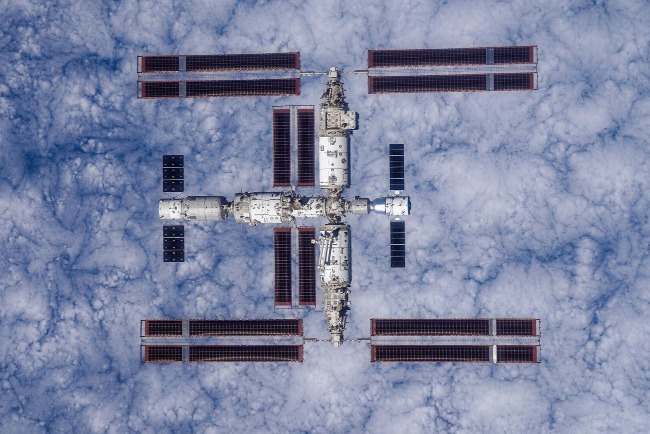
Media reports suggest that it takes as little as 8.5 days from the appearance of an issue to the launch of an emergency rescue spacecraft. According to this calculation, after adding the flight time, the rescue spacecraft can reach Tiangong in nine days and quickly evacuate the astronauts.
It should be noted that this is a contingency arrangement for emergencies.
If the issue is similar to Starliner spacecraft failure, where astronauts are not in immediate danger while staying at Tiangong and can even continue their work, the authorities can make more appropriate arrangements that do not necessarily require the launch of an emergency rescue spacecraft within 8.5 days.
However, even without danger, the American astronauts' eight-day trip turning into a nine-month stay is still too long.
Finally, to address a hypothetical question: if the United States cannot dispatch a spacecraft in time to retrieve the stranded astronauts, can the current Chinese Shenzhou spacecraft "lend a hand"?
It turns out this is not possible.
First, the orbital inclinations of the China Space Station and the International Space Station are different, posing tracking and control challenges for launching a spacecraft.
Additionally, the docking interfaces of the Shenzhou spacecraft are incompatible with the International Space Station, making docking impossible.


